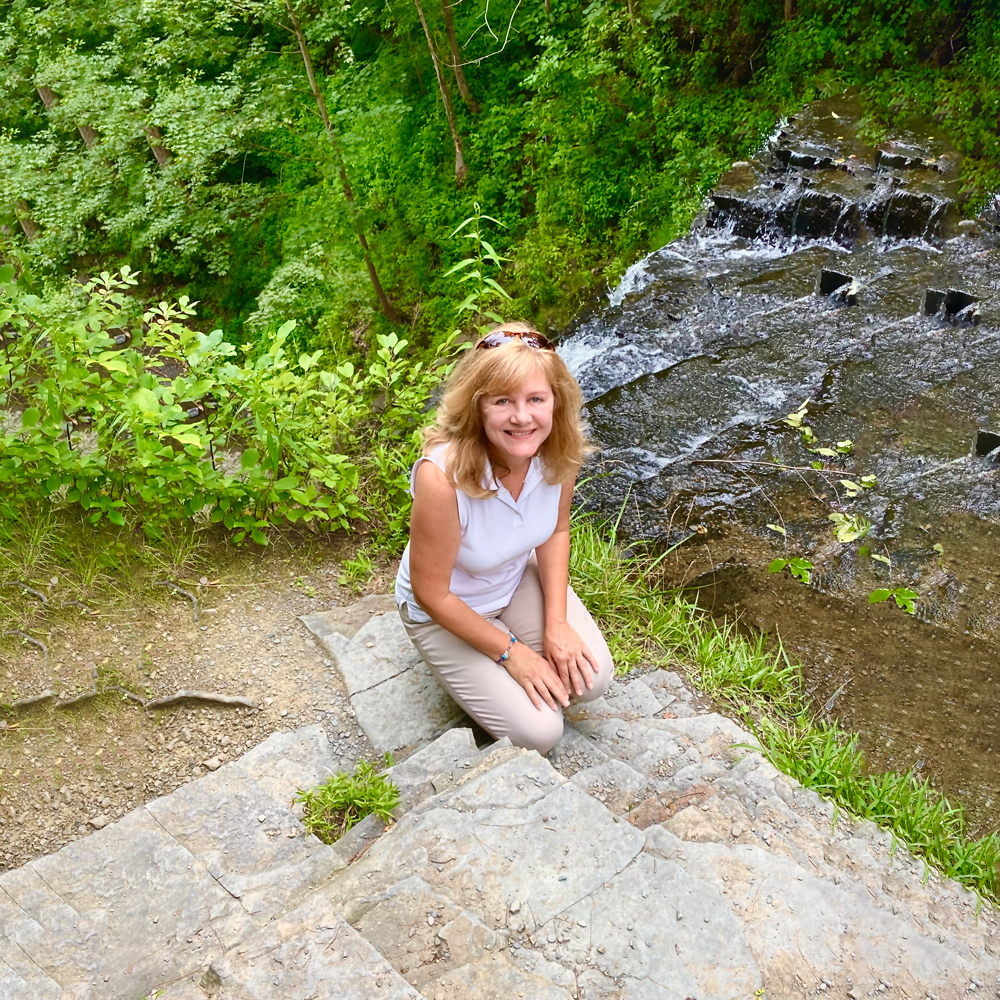Homesteading might seem like a big, overwhelming dream, but as this short video from Dragonfly Brook Homestead reminds us, it all starts with small, intentional steps. Whether you have acres of land or a tiny apartment, you can begin embracing a more self-sufficient lifestyle right where you are. Homesteading isn’t just about owning a farm—it’s about learning skills that allow you to rely less on grocery stores and modern conveniences while living more sustainably.
For many people, homesteading is a long-term goal, but that doesn’t mean you have to wait until you own land to start. You can begin right now by growing food, learning traditional skills, and shifting your mindset. The key is to focus on what’s possible today, building habits that will serve you well in the future. Let’s break it down into three simple steps that anyone can follow.
Start Growing Your Own Food
One of the best ways to begin homesteading is by growing some of your own food. Even if you don’t have a yard, you can still start small. A sunny windowsill is perfect for growing herbs like basil and parsley, while container gardens can produce lettuce, tomatoes, and even strawberries. Sprouting seeds like alfalfa or broccoli in a jar is another easy way to add fresh, homegrown nutrition to your meals.
Beyond providing food, gardening teaches patience, observation, and problem-solving — skills that every homesteader needs. It also connects you to the natural rhythms of the seasons, making you more aware of how food grows and what it takes to produce it. Start where you are, experiment, and celebrate every harvest, no matter how small.
Learn Traditional Skills
Homesteading isn’t just about growing food; it’s about knowing how to preserve, prepare, and make the most of what you have. Traditional skills like canning, fermenting, and dehydrating help stretch your harvest and reduce food waste. Baking your own sourdough bread, sewing simple repairs, or making homemade cleaning products are all valuable skills that reduce your dependence on store-bought goods.
These skills aren’t just practical —they’re also deeply satisfying. There’s something special about pulling a jar of home-canned tomatoes off the shelf in winter or serving a loaf of bread made entirely from scratch. The more skills you learn, the more confident and capable you become in your journey toward self-sufficiency.
Build a Self-Sufficient Mindset
Perhaps the most important step in homesteading is shifting how you think. A self-sufficient mindset means looking for ways to rely more on yourself and less on commercial systems. It might start with something as simple as composting your kitchen scraps, cooking from scratch more often, or learning how to mend clothes instead of tossing them.
Educating yourself is also key. Reading books, watching videos, and following experienced homesteaders online can help you prepare for the day when you do have land. But even if that day never comes, a self-sufficient mindset benefits everyone. It fosters resilience, reduces waste, and helps you find joy in creating instead of consuming.
Start Today, No Matter Where You Are
Homesteading isn’t about waiting for the perfect circumstances—it’s about doing what you can with what you have. By growing a little food, learning traditional skills, and shifting your mindset, you’ll be well on your way to a more self-sufficient, fulfilling lifestyle. And who knows? One small step today might lead to bigger things down the road.


